F.A. Cowell0860031721, 9780860031727
Table of contents :
Contents……Page 3
List of Tables……Page 13
List of Figures……Page 15
Preface……Page 23
1.1 The rôle of microeconomic principles……Page 25
1.2.3 Motivation……Page 26
1.2.4 The economic environment……Page 27
1.2.6 “Testing” a model……Page 28
1.3.2 The comparative statics method……Page 29
1.4.2 Mathematics……Page 30
1.5.2 Some tips……Page 31
2.1 Basic setting……Page 33
2.1.1 The firm: basic ingredients……Page 34
2.1.2 Properties of the production function……Page 36
2.2 The optimisation problem……Page 43
2.2.1 Optimisation stage 1: cost minimisation……Page 44
2.2.2 The cost function……Page 47
2.2.3 Optimisation stage 2: choosing output……Page 49
2.2.4 Assembling the solution……Page 50
2.3 The firm as a “black box”……Page 51
2.3.1 Demand and supply functions of the firm……Page 53
2.3.2 Comparative statics: the general case……Page 55
2.4 The short run……Page 59
2.5 The multiproduct firm……Page 63
2.8 Exercises……Page 68
3.1 Introduction……Page 73
3.2 The market supply curve……Page 74
3.3 Large numbers and the supply curve……Page 77
3.4 Interaction amongst firms……Page 79
3.5 The size of the industry……Page 80
3.6.1 Simple monopoly……Page 82
3.6.2 Discriminating monopolist……Page 84
3.6.3 Entry fee……Page 85
3.7 Product variety……Page 86
3.10 Exercises……Page 88
4.1 Introduction……Page 93
4.2 The consumer’s environment……Page 94
4.3 Revealed preference……Page 96
4.4 Preferences: axiomatic approach……Page 99
4.5 Consumer optimisation: fixed income……Page 104
4.5.1 Cost-minimisation……Page 106
4.5.2 Utility-maximisation……Page 107
4.6 Welfare……Page 111
4.6.1 An application: price indices……Page 116
4.8 Reading notes……Page 117
4.9 Exercises……Page 118
5.1 Introduction……Page 123
5.3 Supply by households……Page 124
5.3.1 Labour supply……Page 127
5.3.2 Savings……Page 128
5.4 Household production……Page 131
5.6 Aggregation of consumers……Page 136
5.7 Summary……Page 140
5.9 Exercises……Page 141
6.1 Introduction……Page 145
6.2.1 Processes and net outputs……Page 146
6.2.2 The technology……Page 148
6.2.4 Externalities and aggregation……Page 152
6.3 The Robinson Crusoe economy……Page 153
6.4 Decentralisation and trade……Page 156
6.7 Exercises……Page 163
7.1 Introduction……Page 167
7.2 A more interesting economy……Page 168
7.2.1 Allocations……Page 169
7.2.3 An illustration: the exchange economy……Page 171
7.3 The logic of price-taking……Page 173
7.3.1 The core of the exchange economy……Page 175
7.3.3 Competitive equilibrium and the core: large economy……Page 176
7.4 The excess-demand approach……Page 180
7.4.1 Properties of the excess demand function……Page 181
7.4.2 Existence……Page 184
7.4.3 Uniqueness……Page 186
7.4.4 Stability……Page 187
7.5 The rôle of prices……Page 190
7.5.2 Decentralisation again……Page 191
7.6 Summary……Page 195
7.8 Exercises……Page 196
8.2 Consumption and uncertainty……Page 201
8.2.1 The nature of choice……Page 203
8.2.2 State-space diagram……Page 204
8.3 A model of preferences……Page 208
8.3.1 Key axioms……Page 209
8.3.2 Von-Neumann-Morgenstern utility……Page 212
8.3.3 The “felicity”function……Page 213
8.4 Risk aversion……Page 214
8.4.1 Risk premium……Page 215
8.4.2 Indices of risk aversion……Page 216
8.4.3 Special cases……Page 219
8.5 Lotteries and preferences……Page 221
8.5.1 The probability space……Page 222
8.5.2 Axiomatic approach……Page 223
8.6 Trade……Page 226
8.6.2 Financial assets……Page 227
8.7.1 The attainable set……Page 229
8.7.2 Components of the optimum……Page 233
8.7.3 The portfolio problem……Page 235
8.7.4 Insurance……Page 241
8.8 Summary……Page 243
8.10 Exercises……Page 244
9.1 Introduction……Page 251
9.2 The constitution……Page 252
9.3 Principles for social judgments: efficiency……Page 258
9.3.1 Private goods and the market……Page 261
9.3.2 Departures from efficiency……Page 266
9.3.3 Externalities……Page 270
9.3.4 Public goods……Page 274
9.3.5 Uncertainty……Page 275
9.3.6 Extending the efficiency idea……Page 278
9.4.1 Fairness……Page 281
9.5 The social-welfare function……Page 282
9.5.1 Welfare, national income and expenditure……Page 283
9.5.2 Inequality and welfare loss……Page 285
9.7 Reading notes……Page 288
9.8 Exercises……Page 289
10.1 Introduction……Page 295
10.2.1 Players, rules and payoffs……Page 296
10.2.2 Information and Beliefs……Page 297
10.2.4 Representing a game……Page 298
10.3 Equilibrium……Page 300
10.3.1 Multiple equilibria……Page 302
10.3.2 Efficiency……Page 303
10.3.3 Existence……Page 305
10.4 Application: duopoly……Page 309
10.4.1 Competition in quantities……Page 310
10.4.2 Competition in prices……Page 315
10.5 Time……Page 317
10.5.1 Games and subgames……Page 319
10.5.2 Equilibrium: more on concept and method……Page 321
10.5.3 Repeated interactions……Page 324
10.6.1 Market leadership……Page 329
10.6.2 Market entry……Page 330
10.6.3 Another look at duopoly……Page 333
10.7 Uncertainty……Page 334
10.7.1 A basic model……Page 335
10.7.2 An application: entry again……Page 338
10.7.4 A “dynamic” approach……Page 341
10.8 Summary……Page 342
10.9 Reading notes……Page 343
10.10 Exercises……Page 344
11.1 Introduction……Page 351
11.2 Hidden characteristics: adverse selection……Page 352
11.2.2 One customer type……Page 353
11.2.3 Multiple types: Full information……Page 357
11.2.4 Imperfect information……Page 360
11.2.5 Adverse selection: Competition……Page 369
11.2.6 Application: Insurance……Page 370
11.3.1 Costly signals……Page 376
11.3.2 Costless signals……Page 384
11.4.1 The issue……Page 385
11.4.3 A simplified model……Page 386
11.4.4 Principal-and-Agent: a richer model……Page 391
11.5 Summary……Page 397
11.7 Exercises……Page 398
12.1 Introduction……Page 405
12.2 Social choice……Page 406
12.3.1 Markets: another look……Page 409
12.3.2 Simple trading……Page 410
12.3.3 Manipulation: power and misrepresentation……Page 411
12.4 Mechanisms……Page 412
12.4.1 Implementation……Page 414
12.4.2 Direct mechanisms……Page 415
12.4.3 The revelation principle……Page 416
12.5 The design problem……Page 417
12.6.1 Auctions……Page 419
12.6.2 A public project……Page 427
12.6.3 Contracting again……Page 433
12.6.4 Taxation……Page 439
12.7 Summary……Page 446
12.9 Exercises……Page 448
13.1 Introduction……Page 455
13.2 Market failure?……Page 456
13.3 Nonconvexities……Page 457
13.3.2 Interactions and convexity……Page 459
13.3.3 The infrastructure problem……Page 460
13.3.4 Regulation……Page 462
13.4 Externalities……Page 466
13.4.2 Corrective taxes……Page 467
13.4.3 Production externalities: Private solutions……Page 468
13.4.4 Consumption externalities……Page 471
13.5 Public consumption……Page 472
13.5.2 Club goods……Page 473
13.6.1 The issue……Page 475
13.6.2 Voluntary provision……Page 476
13.6.3 Personalised prices?……Page 478
13.6.4 Public goods: market failure and the design problem……Page 481
13.6.5 Public goods: alternative mechanisms……Page 482
13.7 Optimal allocations?……Page 484
13.7.1 Optimum with lump-sum transfers……Page 485
13.7.2 Second-best approaches……Page 488
13.8 Conclusion: Economic Prescriptions……Page 491
13.10 Exercises……Page 492
Bibliography……Page 497
A.1 Introduction……Page 509
A.2.1 Sets in Rn……Page 510
A.3.1 Linear and affine functions……Page 511
A.3.2 Continuity……Page 512
A.3.3 Homogeneous functions……Page 514
A.3.4 Homothetic functions……Page 515
A.4.1 Function of one variable……Page 516
A.4.3 Function-of-a-Function Rule……Page 517
A.4.6 Elasticities……Page 518
A.5.1 Fixed-point results……Page 520
A.5.2 Implicit functions……Page 521
A.6.1 Convex sets……Page 523
A.6.3 Separation results……Page 524
A.6.4 Convex and concave functions……Page 527
A.6.5 quasiconcave functions……Page 529
A.7 Maximisation……Page 531
A.7.1 The basic technique……Page 532
A.7.2 Constrained maximisation……Page 534
A.7.3 More on constrained maximisation……Page 535
A.7.4 Envelope theorem……Page 538
A.8 Probability……Page 539
A.8.1 Statistics……Page 540
A.8.3 Probability distributions: examples……Page 542
A.9 Reading notes……Page 543
B.2 The firm……Page 545
B.3 The firm and the market……Page 552
B.4 The consumer……Page 553
B.5 The consumer and the market……Page 559
B.6 A simple economy……Page 563
B.7 General equilibrium……Page 566
B.8 Uncertainty and risk……Page 572
B.9 Welfare……Page 580
B.10 Strategic behaviour……Page 585
B.11 Information……Page 594
B.12 Design……Page 607
B.13 Government and individual……Page 622
C.1.1 Marginal cost and the Lagrange multiplier……Page 631
C.1.2 Properties of the cost function (Theorem 2.2)……Page 632
C.1.3 Firm’s demand and supply functions (Theorem 2.4)……Page 635
C.1.4 Firm’s demand and supply functions (continued)……Page 636
C.1.5 Properties of profit function (Theorem 2.7)……Page 637
C.2.1 The representation theorem (Theorem 4.1)……Page 638
C.2.3 Quasiconvexity of the indirect utility function……Page 639
C.3.2 The representative consumer (Theorem 5.2):……Page 640
C.5.1 Competitive equilibrium and the core (Theorem 7.1)……Page 641
C.5.2 Existence of competitive equilibrium (Theorem 7.4)……Page 642
C.5.4 Valuation in general equilibrium (Theorem 7.6)……Page 643
C.7.1 Arrow’s theorem (Theorem 9.1)……Page 644
C.7.2 Black’s theorem (Theorem 9.2)……Page 646
C.7.3 The support theorem (Theorem 9.5)……Page 647
C.7.4 Potential superiority (Theorem 9.10)……Page 649
C.8.1 Nash equilibrium in pure strategies with infinite strategy sets (Theorem 10.2)……Page 650
C.8.3 The Folk theorem……Page 651
C.9.1 Revenue equivalence (Theorem 12.6)……Page 652
C.9.2 The Clark-Groves mechanism (Theorem 12.7)……Page 654
Index……Page 656
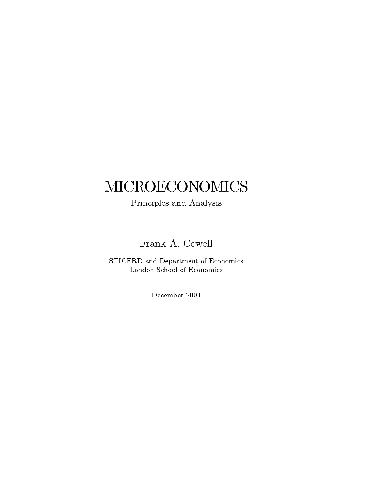
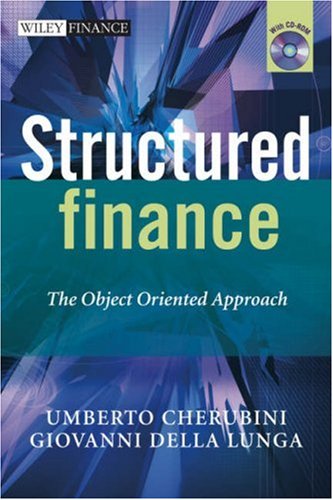

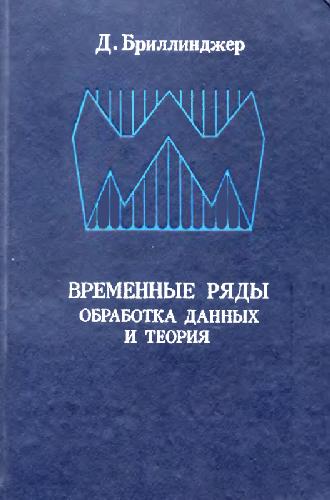
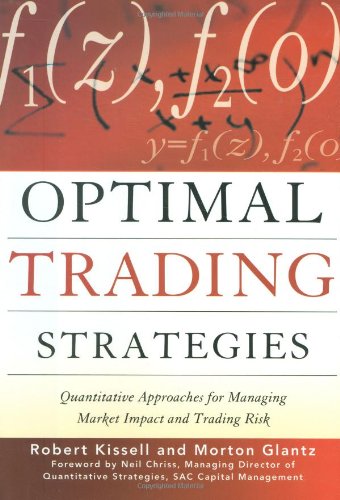
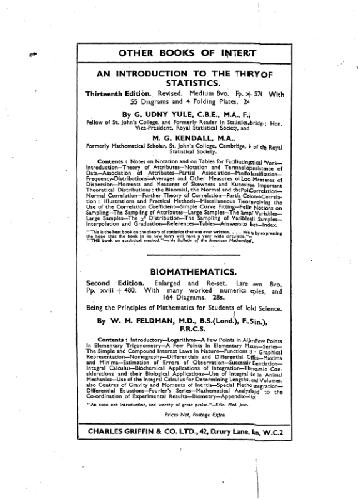

Reviews
There are no reviews yet.